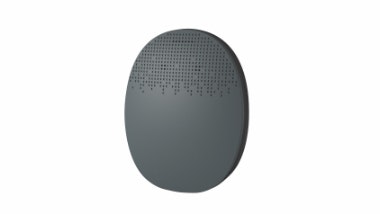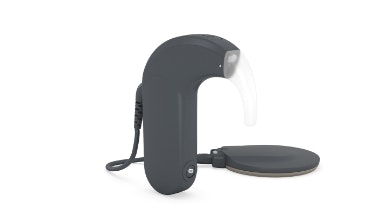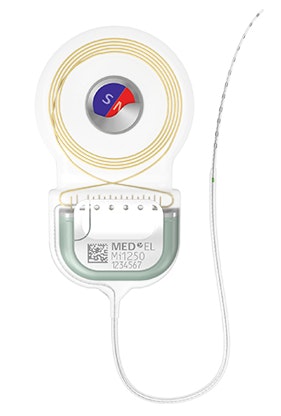Why MED-EL: Cochlear Implants
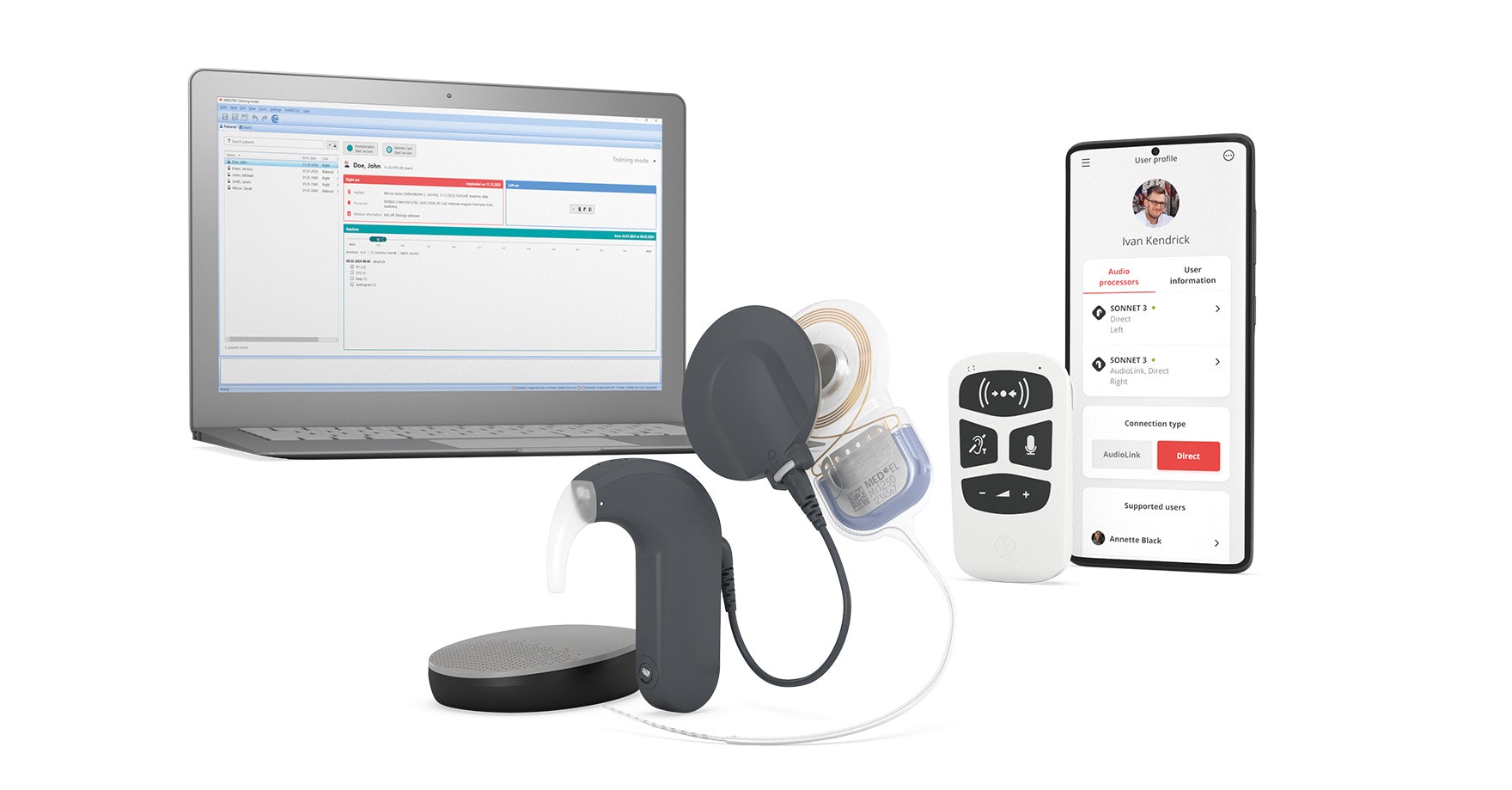
Our Philosophy
When your patients look for a cochlear implant, they don’t want a device or a technology. They want a solution to a problem. They want to unlock their potential, reach for every opportunity, and to hear life to the fullest.
That’s why our design philosophy is to provide the closest match to natural hearing from the ground up—creating a hearing experience that no other cochlear implant can match.
Our philosophy is to adapt the implant to your patient, instead of adapting your patient to the implant. Our individualized cochlear implants offer the closest to natural hearing in each cochlea from the very beginning—enabling each recipient to experience MyBest™ Hearing. With MED-EL, your patients can enjoy hearing life like it was meant to be heard.
We didn’t stop at the best hearing performance. We want every recipient to have the best possible hearing experience in their everyday lives. That’s why we design our audio processors to provide intuitive handling, stylish designs, and all-day wearing comfort. Wireless charging, Bluetooth® connectivity, water-resistant designs—our processors are made for real life
Choosing a cochlear implant is a life-long decision. Through all life’s bumps and bruises, MED-EL will be there for your patients. We created a one-of-a-kind magnet to deliver outstanding MRI safety*. Our robust titanium cochlear implants deliver proven long-term reliability that your patients can always count on.
Only MED-EL delivers the proven combination of superior hearing performance, ease of use, and peace of mind that every recipient deserves.

Closest to Natural Hearing
How do we provide the most natural hearing possible with a cochlear implant? By engineering our electrode arrays to most closely match the precise natural design and function of the cochlea.
Our incredibly flexible electrode arrays protect the delicate structures in the cochlea, enabling atraumatic insertion all the way to the apical region. This allows our full-length electrode arrays to provide two full turns of Complete Cochlear Coverage, which maximizes the natural tonotopic stimulation range. Finally, our unique variable-rate FineHearing sound coding is the only sound coding that mimics the temporal phase-locking in natural hearing for a sound quality that no other cochlear implant can match.
Closest to Natural Hearing
We deliver the closest to natural sound quality for a hearing experience that no other cochlear implant can match.
Intuitive Handling
We offer intelligent and intuitive audio processors available for outstanding performance and ease of use.
Peace of Mind
Our implants are engineered for the highest safety and long-term reliability for years of performance and true peace of mind.
FineHearing Sound Coding
In nature, the cochlea uses two types of sound coding. Place-pitch tonotopic coding is used along the whole frequency range. In addition to place-pitch coding, low-frequency sounds are also coded by rate. With this time-coding, the frequency of nerve signals is synchronized to the frequency of the sound below ~1000 Hz.
That’s why we created the only cochlear implant sound coding that mimics the natural time-coding for low frequencies and provides place-pitch match throughout the cochlea. By mimicking natural sound coding, FineHearing provides much more natural sound quality.

Intuitive Audio Processors
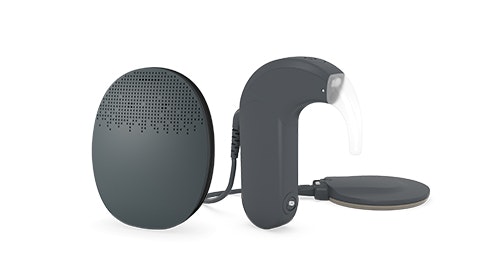
Our audio processors combine hands-free control with lightweight, water-resistant designs. Our Automatic Sound Management technology seamlessly adapts to changing listening environments for optimal hearing in any environment. With rechargeable batteries, stylish designs, and wireless connectivity, our audio processors are the right fit for every user.
And we design our new audio processors to be fully compatible with our previous implants, so recipients can easily upgrade to benefit from the latest technology. Whether it’s at work or on the playground, our audio processors are made to deliver exceptional comfort and hearing performance that your patients can always rely on.

Peace of Mind
We know your patients are making a life-changing decision, so they deserve honest and transparent information. They need to be able to set realistic expectations and make well-informed decisions. That’s why we publish transparent and comprehensive reliability reporting.
Why do we work so hard to create safe and reliable cochlear implants? MED‑EL has always been privately owned. From the very beginning through today, MED‑EL has been guided by our founders, the inventors of the modern micro-electronic multichannel cochlear implant.
To us, reliability isn’t just a number—it’s an enduring commitment to providing our recipients with the best possible benefit from their implant. That’s why every MED-EL cochlear implant is made to deliver the outstanding safety and reliability that your patients can always count on.

Why MED-EL:
A Trusted Partner
For more than 30 years, MED-EL has been a trusted partner and innovation leader in hearing implants. We’re here to work together with you, and we’re committed to providing outstanding service and support for our professional partners.
With the most advanced cochlear implant systems, we offer the best hearing experience for your patients and the best clinical experience for you.
Contact Us
Ready to learn more about MED-EL cochlear implants?
Fill out our simple contact form and we’ll get in touch with you.

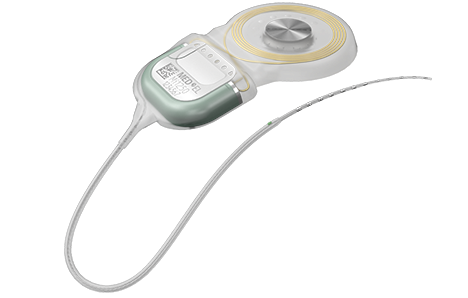
SYNCHRONY 2
See why individualized electrode arrays, safe access to MRI, and a streamlined central electrode lead for exceptional surgical handling make SYNCHRONY 2 your new favorite cochlear implant.
Discover More
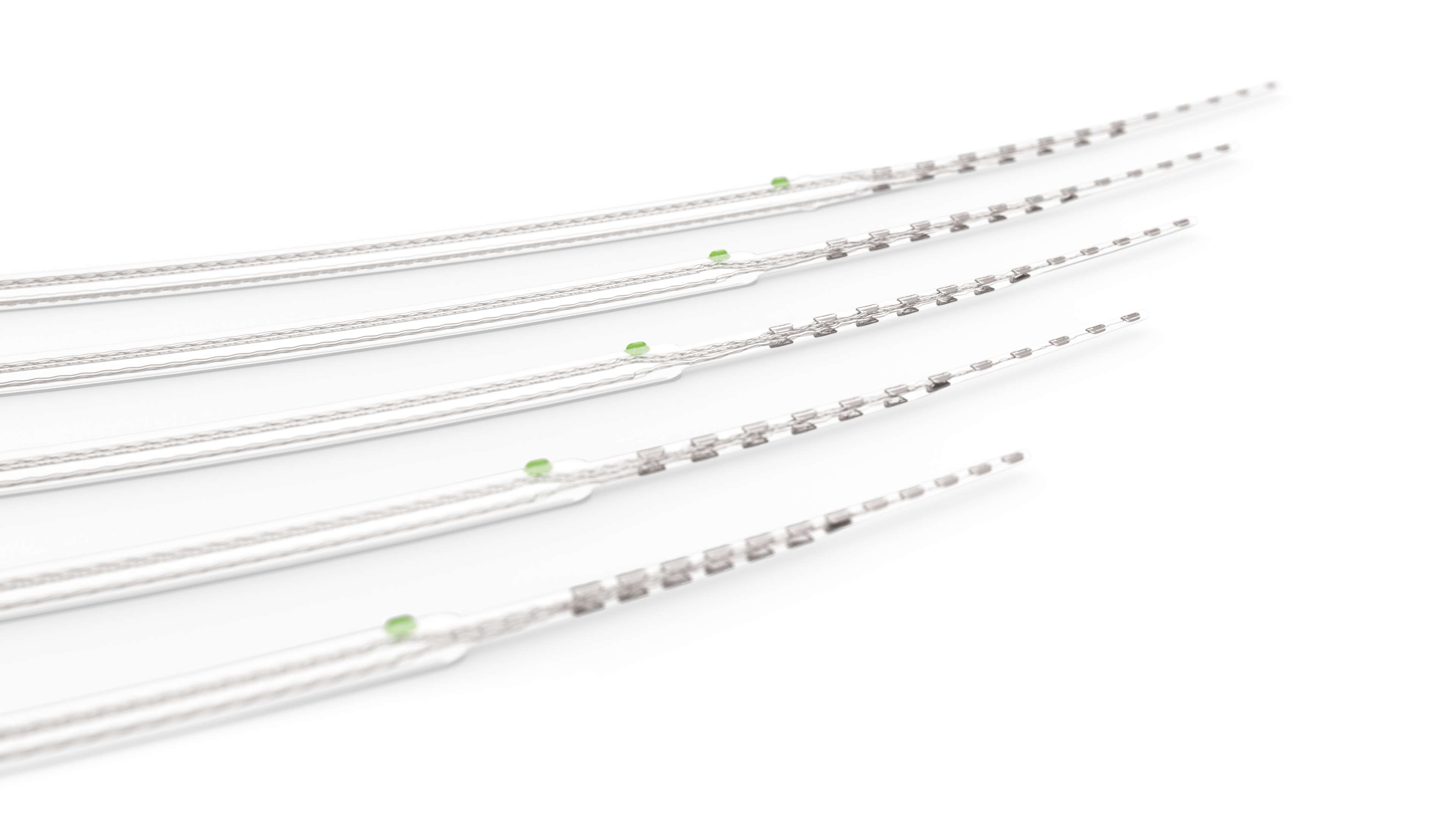
Electrodes
Find out what sets MED-EL electrode arrays apart from any other design to enable a closer to natural sound quality that no other cochlear implant can match.
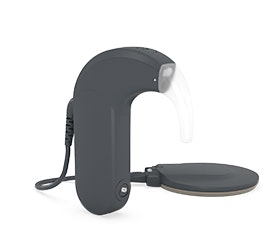
SONNET 3
Our smallest and lightest SONNET audio processor ever, SONNET 3 is waterproof and provides users closest to natural hearing, maximum wearing comfort, and direct streaming.
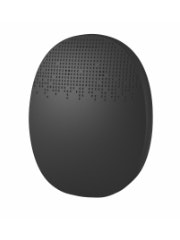
RONDO 3
Find out how wireless charging, directional microphones, and wireless connectivity make RONDO 3 incredibly simple and simply incredible.
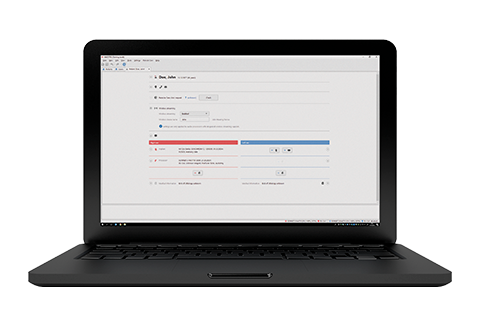
MAESTRO 11
With enhanced features and SONNET 3 support, MAESTRO 11 makes providing in-clinic and remote care to your patients with cochlear implants easy.
You can check which version of SONNET 2 your patient has here. For full details on its features, please see the technical data.
* The SYNCHRONY 2 cochlear implant is MR conditional. Recipients with a SYNCHRONY 2 Cochlear Implant may be safely MRI scanned at 1.5 and 3.0 Tesla following the conditions detailed in the instructions for use.
** Unless required for diagnostic reasons.
- Vaerenberg, B., Govaerts, P.J., Stainsby, T., Nopp, P., Gualt, A., & Gnansia, D. (2014). A uniform graphical representation of intensity coding in current-generation cochlear implant systems. Ear Hear. 35(5): 533–543
- Dorman, M.F. & Natale S.C. (2018). Auto-Adaptive: A noise level-sensitive beamformer for MED-EL cochlear implant patients. J Am Acad Audiol.
- O’Connell, B.P., Cakir, A., Hunter, J.B., Francis, D.O., Noble, J.H., Labadie, R.F., Zuniga, G., Dawant, B.M., Rivas, A., & Wanna, G.B. (2016). Electrode location and angular insertion depth are predictors of audiologic outcomes in cochlear implantation. Otol Neurotol. 37(8):1016–1023.
- O’Connell, B.P., Hunter, J.B., Haynes, D.S., Holder, J.T., Dedmon, M.M., Noble, J.H., Dawant, B.M., Wanna, G.B. (2017). Insertion depth impacts speech perception and hearing preservation for lateral wall electrodes. Laryngoscope. 127(10):2352-2357
- Analysis based on mean cochlear values and clinical data. Data on file.
- Rader, T., Döge, J., Adel, Y., Weissgerber, T., & Baumann, U. (2016). Place dependent stimulation rates improve pitch perception in cochlear implantees with single-sided deafness. Hear Res., 339, 94–103.
- Müller, J., Brill, S., Hagen, R., Moeltner, A., Brockmeier, S.J., Stark, T., Helbig, S., Maurer, J., Zahnert, T., Zierhofer, C., Nopp, P., & Anderson, I. (2012). Clinical trial results with the MED-EL fine structure processing coding strategy in experienced cochlear implant users.
- Killan, C., Scally, A., Killan, E., Totten, C., & Raine, C. (2019). Factors affecting sound-source localization in children with simultaneous or sequential bilateral cochlear implants.
The Bluetooth® word mark and logos are registered trademarks owned by the Bluetooth SIG, Inc. and any use of such marks by MED-EL is under license.

